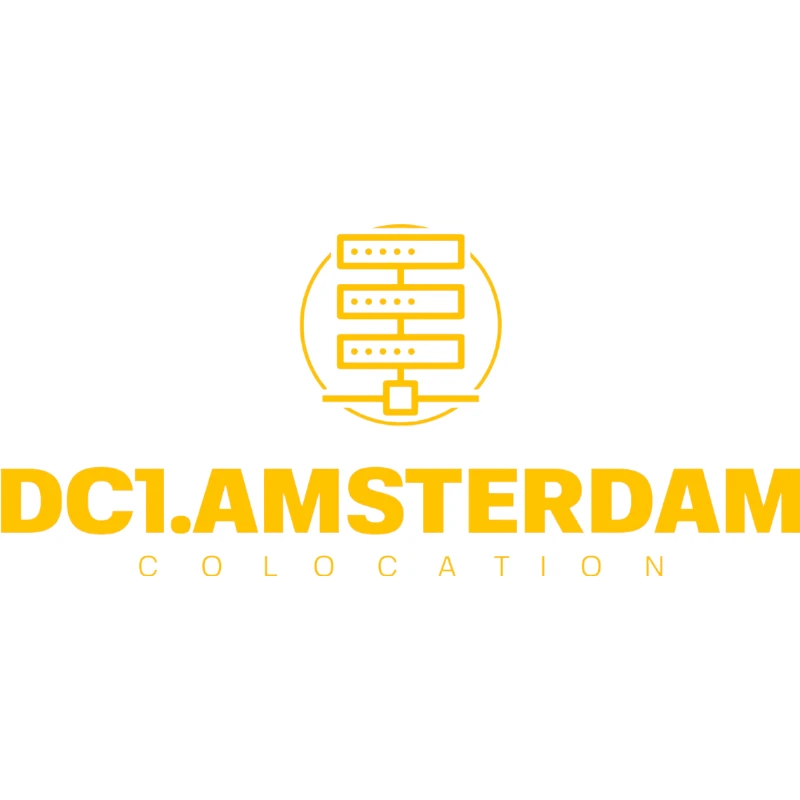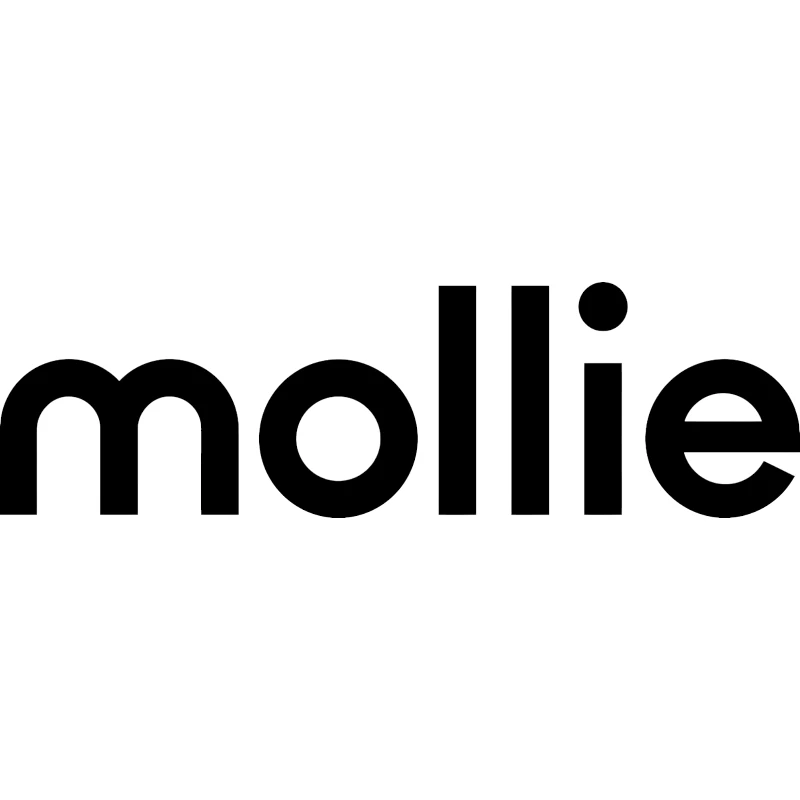Déverrouillez le futur de |
AlphaPort est un choix idéal pour les entreprises qui proposent des ventes, un contrôle des stocks, une gestion du lieu de travail, des rapports et une comptabilité sans faille.
Découvrez nos solutionsEssayez gratuitement

0+
Clients Satisfaits
0
Projets Livrés
0
Croissance de l'Équipe
0+
Solutions Innovantes
Nos Options Principales
Découvrez d'autres façons dont nous pouvons vous aider
Our Partners








Vous souhaitez essayer le logiciel AlphaPort sans engagement ?
Nous offrons un essai gratuit de 30 jours du logiciel AlphaPort, ce qui vous permet d'évaluer son adéquation avec les besoins de votre entreprise. Tout au long de la période d'essai, vous bénéficierez des avantages suivants :
- Un essai gratuit de 30 jours
- Aucune information de paiement requise
- Aucune obligation
- Accès immédiat à toutes les fonctionnalités
- Un environnement de configuration personnalisable
- Assistance gratuite pour toutes vos questions
Le système AlphaPort comprend une large gamme de fonctions standard qui peuvent améliorer et automatiser les opérations de votre magasin. Nous vous encourageons à nous faire part de vos besoins et préférences spécifiques, ce qui nous permettra d'y répondre rapidement. sales@alphaport.eu ou appelez le +31 70 888 7018.












